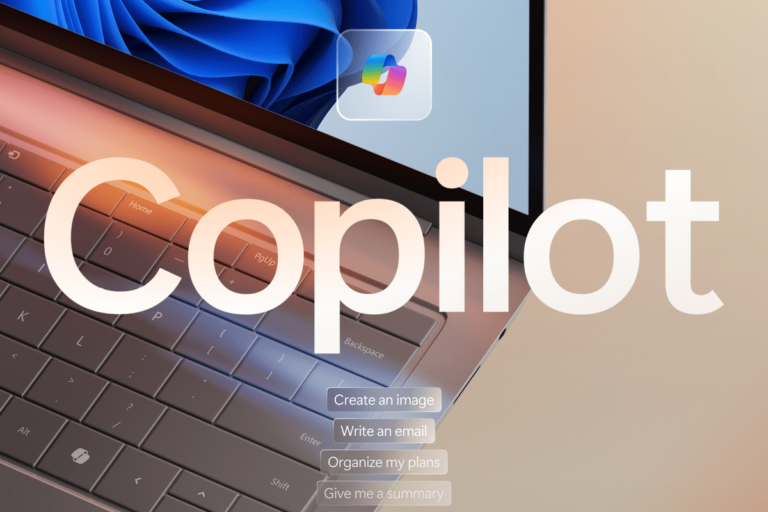
The convergence of Big Tech, finance, and government has enabled a new data economy.
The first movement in the megacycle was the General Data Protection Regulation (GDPR) when the EU championed data privacy in 2016.
Brazil stepped up and created comparative data privacy rights and is investing heavily in data infrastructure and regulation to enable citizens to capitalize on their personal data.
Data privacy will evolve into data ownership rights in 2024Our data could power an entirely new data economy that could benefit every person who participates in it or not, based on their decision-making.
The next tech megacycle — one in which everyday citizens worldwide own and control their personal data that powers AI — began about a year before the global COVID pandemic.

Microsoft would like 2024 to be the “year of the AI PC” and to put a point on that, the company today announced a new key for Copilot — that is, a physical key that will soon make its way to your keyboard and join the Windows key, together with its friends the Control key, Alt and that Insert key you’ve never purposely used.
Based on the image Microsoft sent over, it looks like the new Copilot key will replace the right Control key on the standard PC keyboard, where it will slot in between the Alt key and the left arrow key.
“The introduction of the Copilot key marks the first significant change to the Windows PC keyboard in nearly three decades,” Microsoft’s Yusuf Mehdi, Executive Vice President & Consumer Chief Marketing Officer, writes in today’s announcement.
The Copilot key joins the Windows key as a core part of the PC keyboard and when pressed, the new key will invoke the Copilot in Windows experience to make it seamless to engage Copilot in your day to day.”In regions where Copilot is not available, the Copilot key will launch Windows Search.
The first keyboards with the new key will launch at this year’s CES in Las Vegas and will likely start shipping in late February.

OpenAI formed the Superalignment team in July to develop ways to steer, regulate and govern “superintelligent” AI systems — that is, theoretical systems with intelligence far exceeding that of humans.
Superalignment is a bit of touchy subject within the AI research community.
“I think we’re going to reach human-level systems pretty soon, but it won’t stop there — we’re going to go right through to superhuman systems … So how do we align superhuman AI systems and make them safe?
But the approach the team’s settled on for now involves using a weaker, less-sophisticated AI model (e.g.
Well, it’s an analogy: the weak model is meant to be a stand-in for human supervisors while the strong model represents superintelligent AI.

Thanks to my fans, I was just paid to stream Sims again! After creating mayhem in my neighborhood, they got me paid in the best way possible: with more money…

At TechGround, we are passionate about technology and its impact on our daily lives. One of the ways that we stay up to date on the latest advances is by…

Southeast Asia’s e-commerce is fragmented, with many marketplaces, e-commerce sites and social commerce available to customers. FLIK co-founder Ahmad Gadi notes that consumers often prefer large marketplaces due to promotions…








